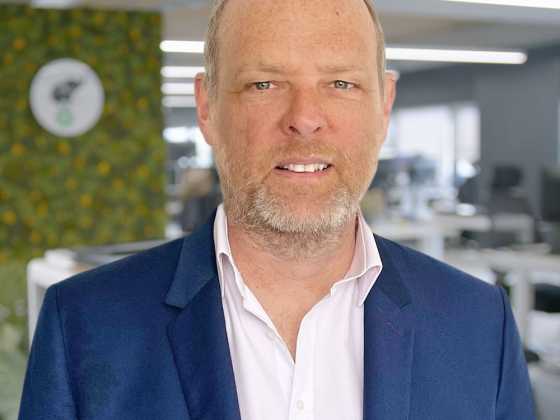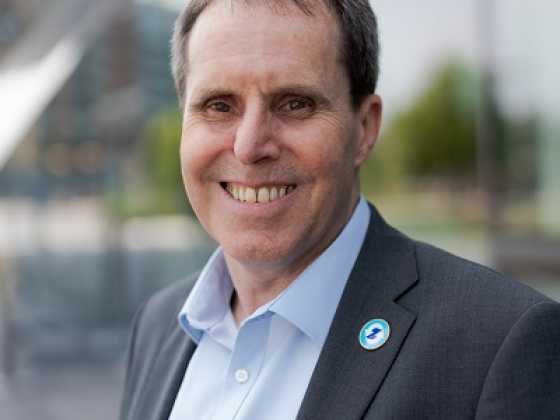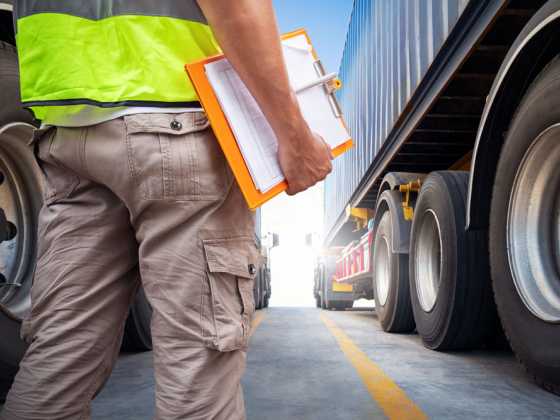Working towards a clean and green transport future

The approach of COP26 has prompted countries around the world to publish their decarbonisation plans. Zemo Partnership’s Neil Wallis examines what’s been pledged by the UK government, and the progress that’s been made to eliminate harmful emissions from transport
“Accelerate the transition to zero emission vehicles” is the primary transport objective of the UK presidency for COP26, as we approach the end of a year that’s set to be a defining one for UK road transport. The approach of this crucial international summit has prompted the government to publish a rush of ‘world-leading’ plans to decarbonise our economy and set an example of it, and we, hope other countries will follow.
The Ten Point Plan, published a year ago, fired the starting gun, followed this summer by the much weightier Transport Decarbonisation Plan which fleshed out the detail of what the government thinks future mobility will look like. Other publications such as the new hydrogen strategy also have a significant bearing on the future for UK transport.
As a result of these developments, we do have a clearer idea of how our transport future will look, but there remain significant uncertainties about the steps along the way and some still hotly contested issues, not least the extent to which new technology can ‘fix it’ and how much we will also have to change our travel behaviour and expectations to meet net zero targets.
Negotiators at COP will be thrashing out many of the details and the outcome of the Conference (likely to be another roller-coaster, I expect!) will have a major impact on what happens next in terms of our transport, energy and many other aspects of our lives.
Zemo will be reporting on key transport developments at the COP for members and newsletter subscribers and plans to run a members webinar shortly after the event to communicate and discuss the implications of what’s taken place.
Moving towards electrification
As we approach this critical event, it’s pretty obvious that the tectonic plates have shifted and that electrification (in its many forms) will be the major part of the answer for road transport.
Over 15 per cent of UK new car sales in September were pure battery electric vehicles and after the scenes of panic buying at the petrol pumps, the level of interest reported in new electric cars is at an all-time high. Surveys are showing that more and more people are considering a BEV (or possibly a PHEV) as their next purchase. While September BEV sales were strong, this is not a blip; they’ve been topping 10 per cent of the market in recent months and, combined with PHEVs, now represent 15 per cent of all new car sales in 2021. They now represent a measurable proportion of the energy used for transport and we’re certainly out of the ‘early adopter’ phase of uptake.
Electric van sales are a little behind cars, with just over three per cent of all new van sales in 2021 having plugs and 85 per cent of those fully electric. However, there’s been a rapid increase in the availability of full battery and plug-in models in this sector too. At least twelve manufacturers are now supplying small, medium and/or large vans with plugs and the last year has seen major investments and launches from Vauxhall, Peugeot, Citroen and Mercedes, amongst others. Range capability has been increasing notably; seven of the van models most recently launched have a range capability over 150 miles (and four over 200 miles). A recent survey by Zemo revealed that seven of the top ten best-selling vans in the UK are now available in plug-in form.
Plug-in and zero emission models already dominate sales of buses and taxis; rightly, given the urban driving dominance in these sectors, while electric motorcycle orders, too, are taking off - more than a third of mopeds sold so far this year have been electric.
Passenger transport
The bus sector has been at the forefront of the zero emissions shift and, I’m proud to say, Zemo (both now and in our former incarnation as LowCVP) has worked closely with DfT and the devolved governments to achieve this. Earlier this year, the government announced that up to £120 million is to be made available through the Zero Emission Buses Regional Area (ZEBRA) scheme to encourage clean bus uptake. The National Bus Strategy – ‘Bus Back Better’ said that the government will support the introduction of 4,000 zero emission buses across the country, and Transport for London has just committed to buy only zero emission buses from this point forward.
Electric pledges
The UK is far from alone in seeing a rapid surge in the uptake of electric vehicles. Most leading economies have seen significant growth and in world-leaders Norway, BEVs recently accounted for almost 80 per cent of all cars sold.
One motor company after another has announced a deadline for their transition to selling fully electric and/or fossil free cars, vans and even trucks. Vauxhall (and sister firm Opel) are one of the latest in a long list of motor companies to announce a full transition to building electric-only vehicles (in their case, from 2028).
The announcements from Nissan of an ‘Electric Vehicle Hub’ including a new battery ‘gigafactory’ in the North East and Stellantis (Vauxhall’s owner) in electric van production in Ellesmere Port add to the strong feeling that things are changing in the right direction, and fast.
With the electrification of transport gathering pace, the interface of our vehicles and fleets with the energy sector is becoming clearer and more important by the day.
Zemo Partnership has been working closely with the Energy Systems Catapult as convenor of the Electric Vehicle Energy Taskforce (EVET) to help ensure that the energy system is ready and able to seamlessly power the EV fleet as it rapidly grows. In many ways, vehicle electrification and the rise of renewable power are complementary as intermittent supply can be balanced by the ability of a growing range and capacity of batteries - or even hydrogen - to store and release energy at times that work for the grid.
Larger vehicles
While plug-in car and van markets are obviously taking off, there’s a lot more to do to ensure clarity in terms of the decarbonisation trajectory of the larger commercial vehicle sector. Very few HGVs are currently classified as ultra-low emission, though some battery electric HGVs are now emerging. However, based on current battery technology, a 44 tonne HGV with a 400 mile range needs a battery of around 1MWh which is very expensive, bulky and heavy and would present a challenge to the current charging infrastructure.
Technical progress, though, is being made in several areas and battery-powered commercial vehicles are being brought to market by several incumbent manufacturers including Scania, Volvo as well as new players like Tesla, Rivian, Arrival and Volta. Meanwhile, Hyundai and Nikola – amongst others – have been developing zero emission trucks using fuel cell technology. Catenary systems using overhead wires to deliver electricity to trucks while en route have been mooted and are under trials in Germany, Sweden and the US, with the UK hoping to follow in the next few years.
Zemo Partnership was a supporter and has been an advocate of renewable fuels that have stringent accreditation systems in place to ensure their life-cycle and wider sustainability impacts. While electrification is clearly going to play the major role in delivering zero emissions transport in the future, the greater part of the vehicle fleet is still using fossil fuels and will still do so for well over a decade to come. Renewable fuels can and must, play an important part in cutting emissions in the short to medium-term.
So, as we approach this critical moment in the battle to tackle climate change, there’s been real progress in the UK in terms of decarbonising the road transport sector, but a long road still to travel. The hard work really starts after COP to deliver on the commitments (hopefully) agreed.
Other countries are at different stages on the same road. Let’s hope that COP accelerates the rate of progress and that the UK and other countries leading in the transition can inspire positive change across all countries involved. Success, I think, will look like a global climate emergency averted with a sustainable transport system rapidly coming into focus, embraced by a society focused on change.
In my view, this will require a lot more than just an electrified copy of our current ICE system; it will be difficult and take concerted hard work, but if approached in partnership I am confident in our ability to succeed.






